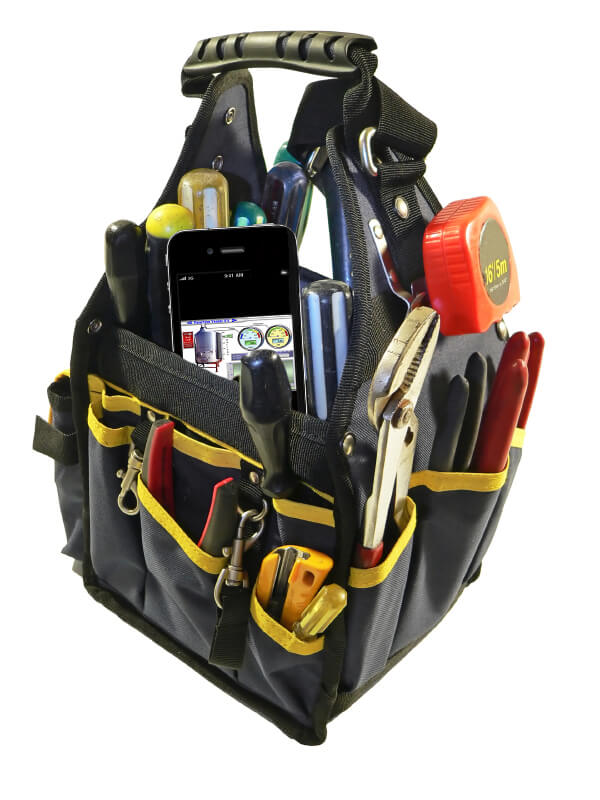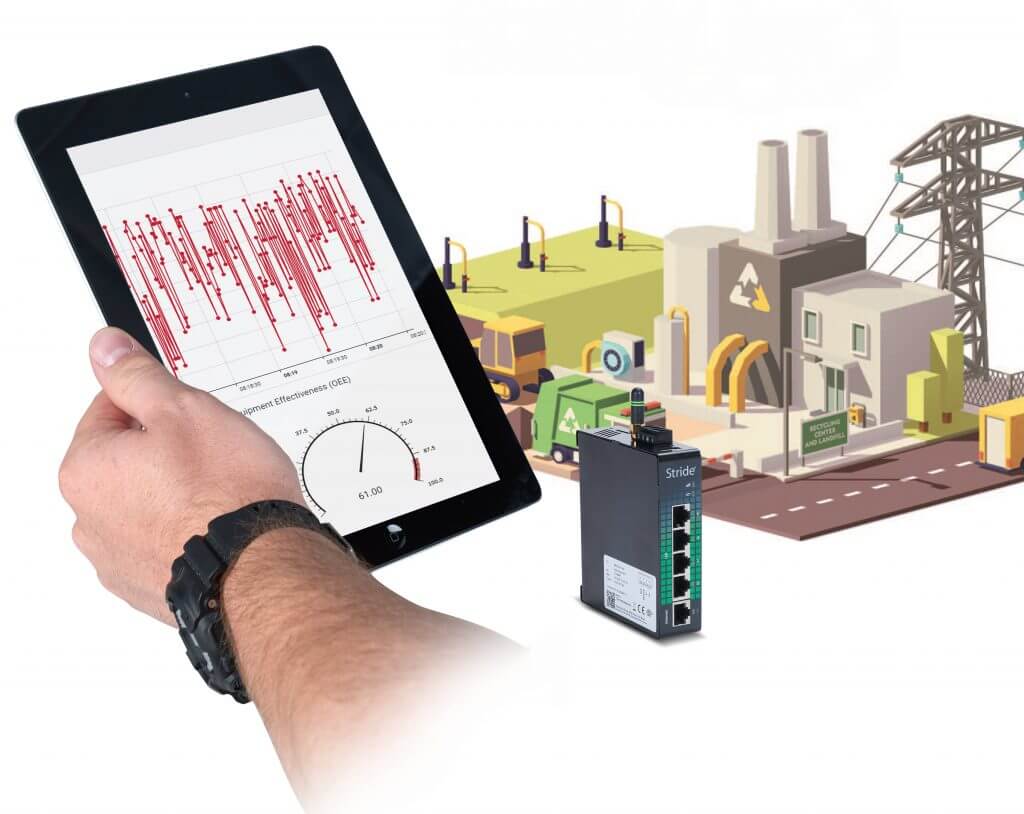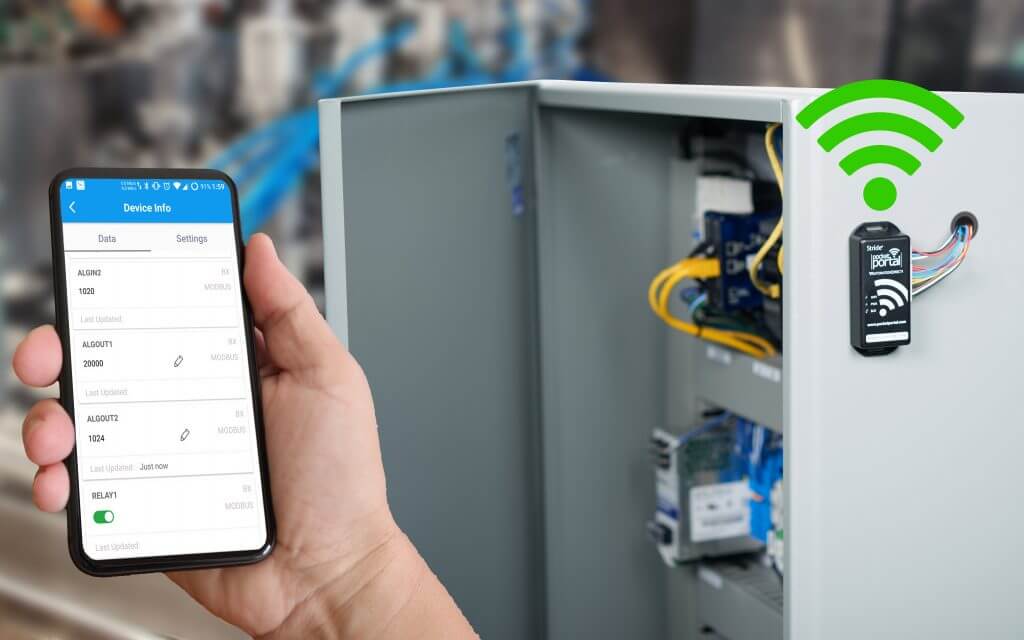Remote monitoring options help maintenance personnel respond faster for the systems they manage and support, saving time and money.
Bill Dehner, technical marketing engineer for AutomationDirect, wrote an article for the March-April 2020 issue of ISA InTech titled Add Remote Monitoring to Increase Maintenance Personnel Productivity. Here’s a summary, click on the link above for the full text.
Industrial automation maintenance technicians commonly assemble toolkits with items like hand tools, multimeters, and a two-way radio so they can efficiently perform their work. In recent years, many techs have added a laptop computer so they can connect with programmable logic controllers (PLCs) and human-machine interfaces (HMIs). Today, industrial internet of things (IIoT) and digitalization implementations mean these workers can now add mobile devices into their toolkit, enabling them to remotely monitor systems to provide faster and better service while cutting costs.
Connectivity Evolution

Industrialized digital technologies typically lag behind those for consumer electronics, but eventually take advantage of similar features. Originally PLCs and HMIs required a direct connection for troubleshooting, but plant communication networks and dialup connections enabled better remote access. Wi-Fi eliminated the need for a physical connection, and the internet made it possible to connect worldwide.
Today, users can conveniently monitor new and existing systems remotely from anywhere using web browsers, mobile devices, and specific apps. Remote connectivity is widely available for operators and maintenance personnel to use throughout the life cycle of an automation system.

Eye on the HMI
Simply adding the ability to remotely view an HMI is a great advantage for operators and maintenance personnel. Operators can spot trouble sooner and call in techs who can immediately begin investigating. Of course, this benefit is improved when PLCs and HMIs are configured with some diagnostic code and indicators. AutomationDirect C-more HMIs include native remote monitoring capability.
Connectivity Via the Cloud
Prior to browser-based and internet/cloud connected options, users were forced to manually assemble and configure hardware and software for remote access, a difficult and potentially unsecure proposition. Today, companies like AutomationDirect offer intelligent routers (like the StrideLinx), cloud services, and mobile apps to streamline the experience.

These technologies incorporate virtual private networks (VPNs), enabling users to easily and securely connect to the local area network (LAN) of PLCs and HMIs at will using simple apps on their mobile devices. They can view HMIs, monitor PLC tags, log data, and receive alarm/event notifications right on their mobile device, regardless of their location.
An IIoT Add-On
Newer PLCs and HMIs have IIoT capabilities built-in. However, many users want to take advantage of IIoT technologies to connect with existing legacy or hardwired systems, without meddling with their existing operation. A new class of lightweight, cloud-ready devices lets users do exactly this.
The AutomationDirect STRIDE Pocket Portal empowers users to connect field I/O points via Wi-Fi directly to a cloud-based mobile-accessible platform. The STRIDE Industrial MQTT Gateway does something similar by transferring data from existing Modbus RTU/TCP systems to cloud-based data logging platforms via the MQTT protocol.

The Expanding Tool Kit
Downtime is costly for any industry, but IIoT remote monitoring solutions are available to address the situation.
Today’s maintenance technicians are ready to expand their tool kits by adding a mobile device for remotely monitoring equipment and systems. Remote monitoring gives these personnel the ability to respond to problems faster, and even proactively prevent them. The latest cloud-based options make it a straightforward activity to build-in or add-on remote connectivity, helping end users keep their manufacturing and production plants up and running.

